Public taught how to de-escalate Tube harassment
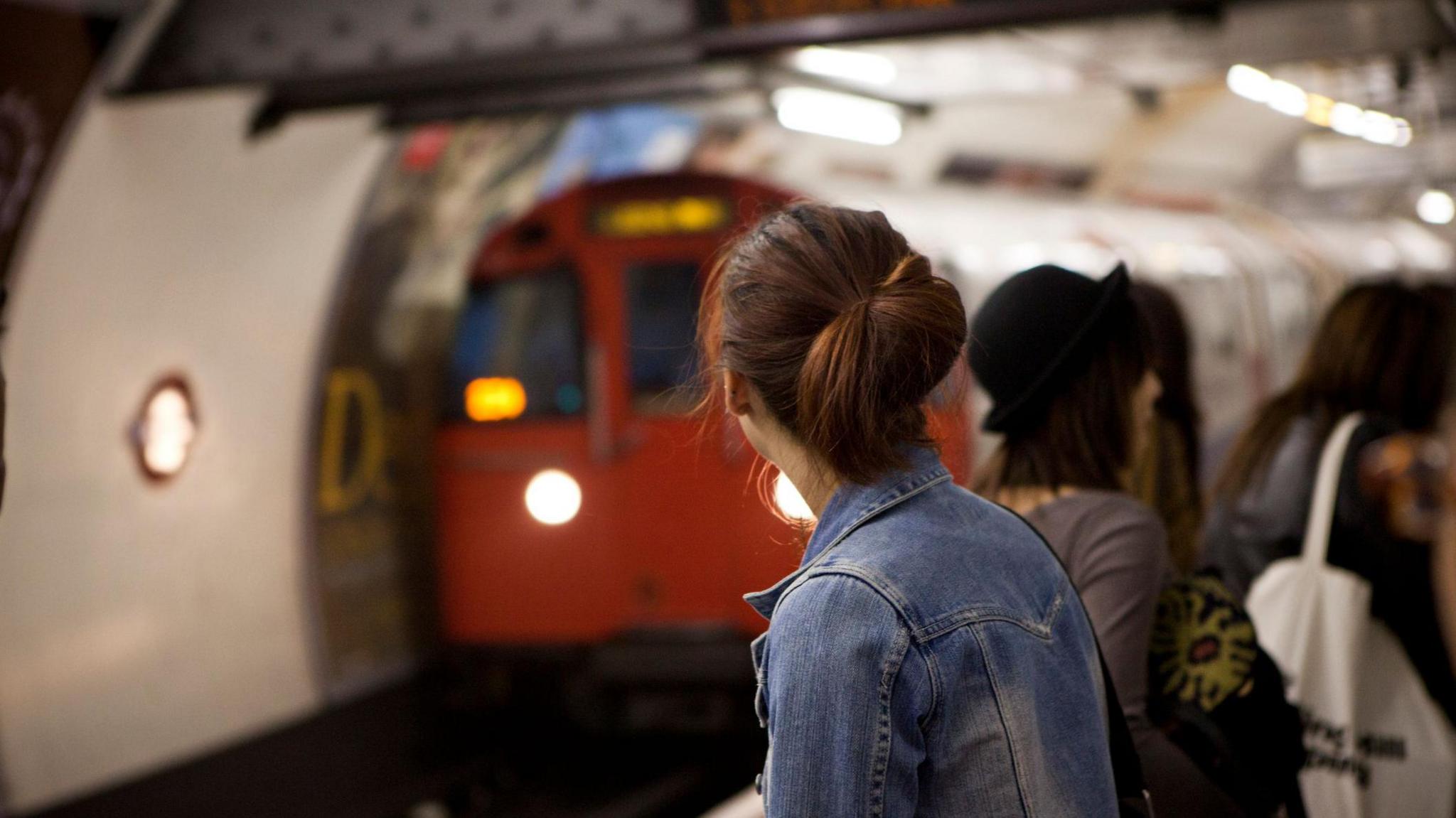
Thousands of people have taken the bystander courses
- Published
When you see someone being harassed on the Tube, what do you do?
Transport for London is funding courses to try to help Londoners deal with that situation. Thousands of people from all backgrounds and ages have been through the free training, which is held both in person and online.
Szymon Glowacki, from the charity Protection Approaches, which runs the courses, said the focus was on de-escalation.
"Jumping into a situation and confronting the perpetrator is not going to work," he said. "What we are trying to do is teach people is how to safely de-escalate the situation."
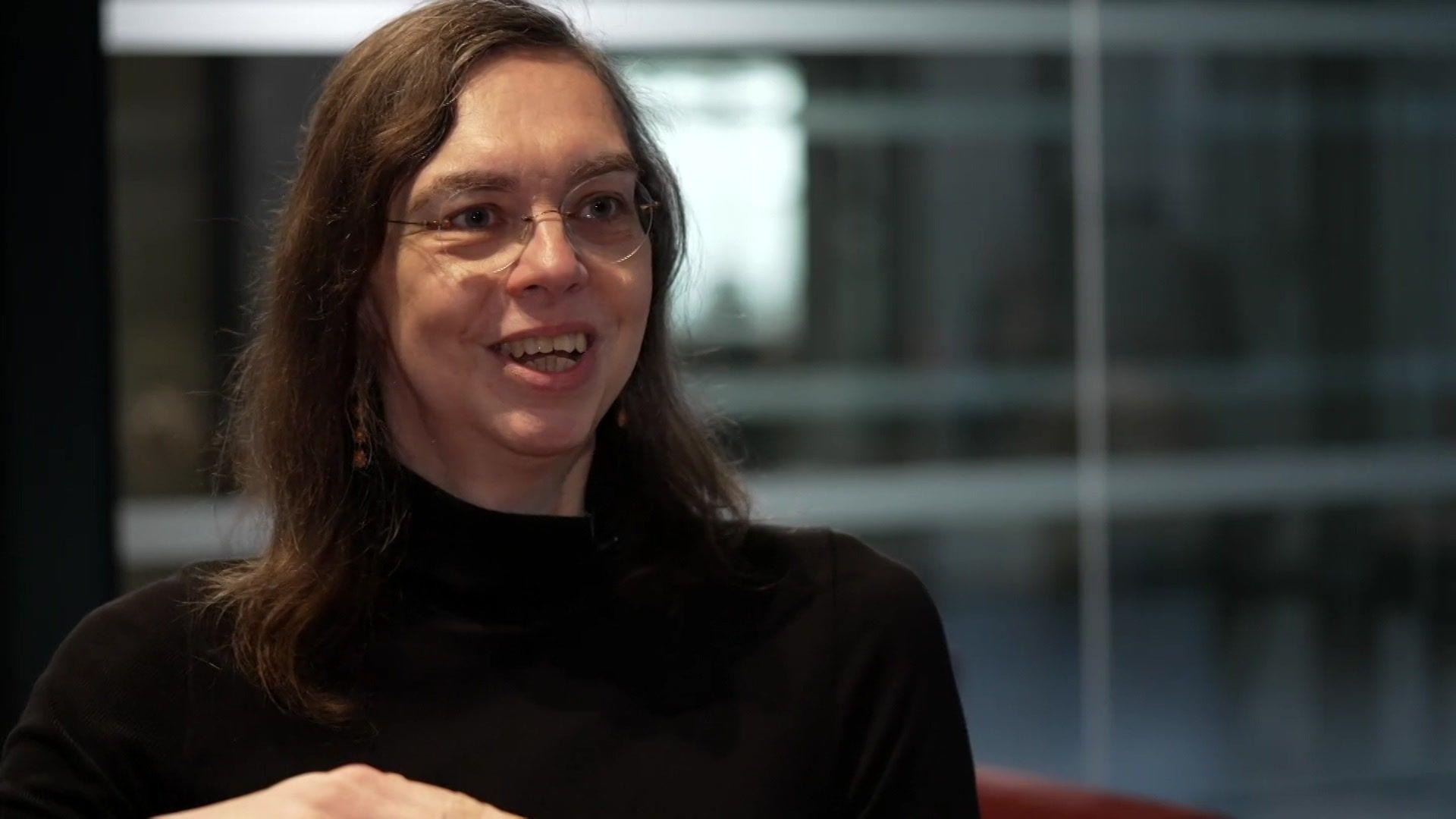
Sophie Dodsworth said a simple "hello" stopped an incident of harassment
Techniques for de-escalation vary and there is no one-size-fits-all approach. Sessions highlight how, for example, someone could sit next to the person being harassed and talk to them or perhaps speak to the aggressor to momentarily distract them.
Sophie Dodsworth has already used the techniques. She said: "I was on the Tube and there was a guy chatting to a woman opposite and I could see that she wasn't comfortable.
"I could see he was forcing the conversation.
"All I did was look at him and caught his eye and said hello. He instantly fell silent and got off at the next stop. Clearly the fact I was aware was enough to shut him down."
Rosemin Najmudin has used what she learned on the course a number of times.
"I don't necessarily address the person doing the harm. But I try and protect the one who needs the support," she said.
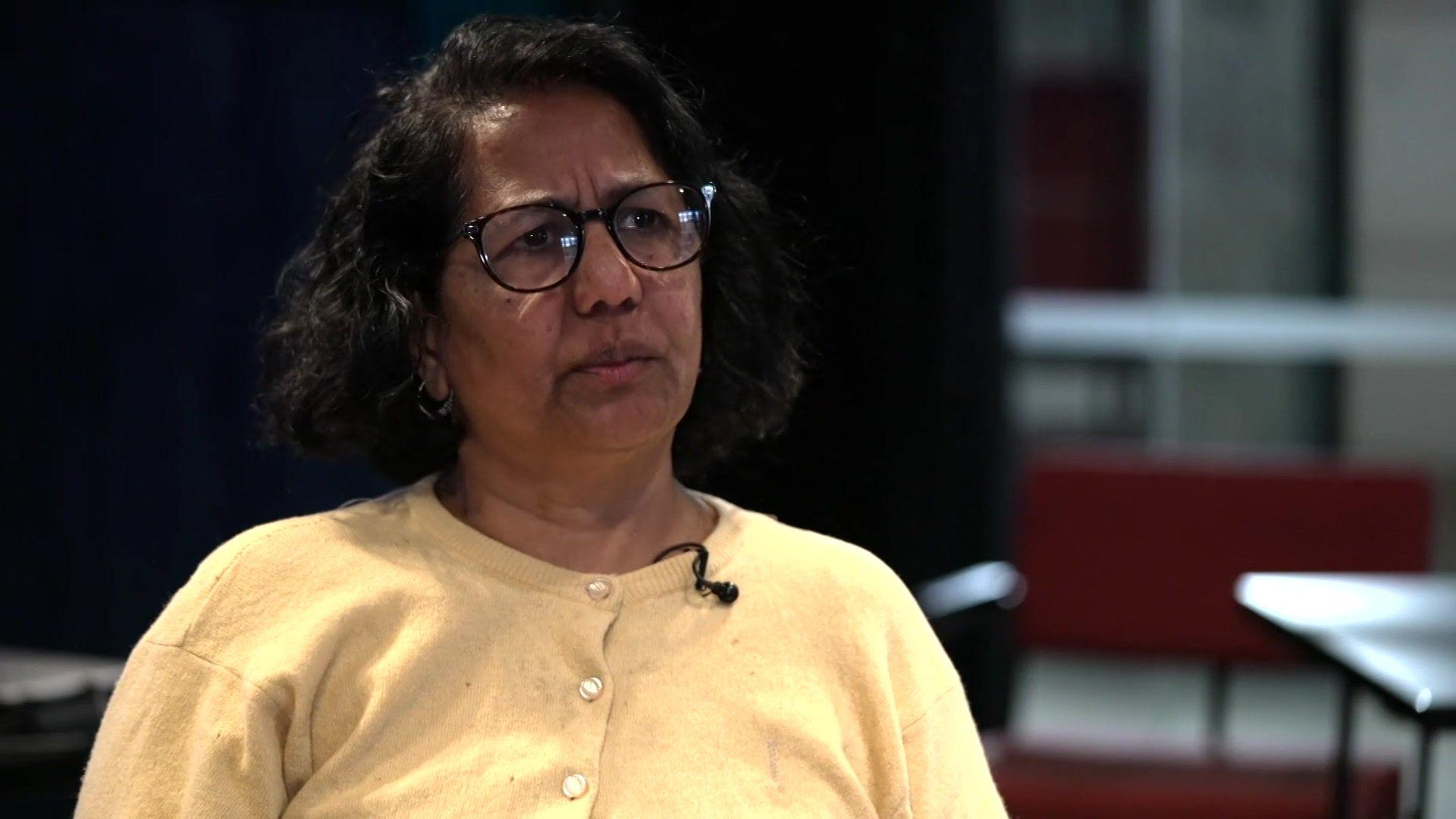
Rosemin Najmudin says her focus is on the person who needs support
"I would go and sit next to them or put myself between them and ignore the person who is harassing or being annoying or being discriminatory. It has given me much more confidence."
Course leader Mr Glowacki said it was not necessarily about confrontation.
"We know that Londoners want to be an active bystander and want to help those who are being targeted but they don't have the skills," he said.
Mr Glowacki added: "Essentially, what you need to do is be on the side of the person who is being targeted."
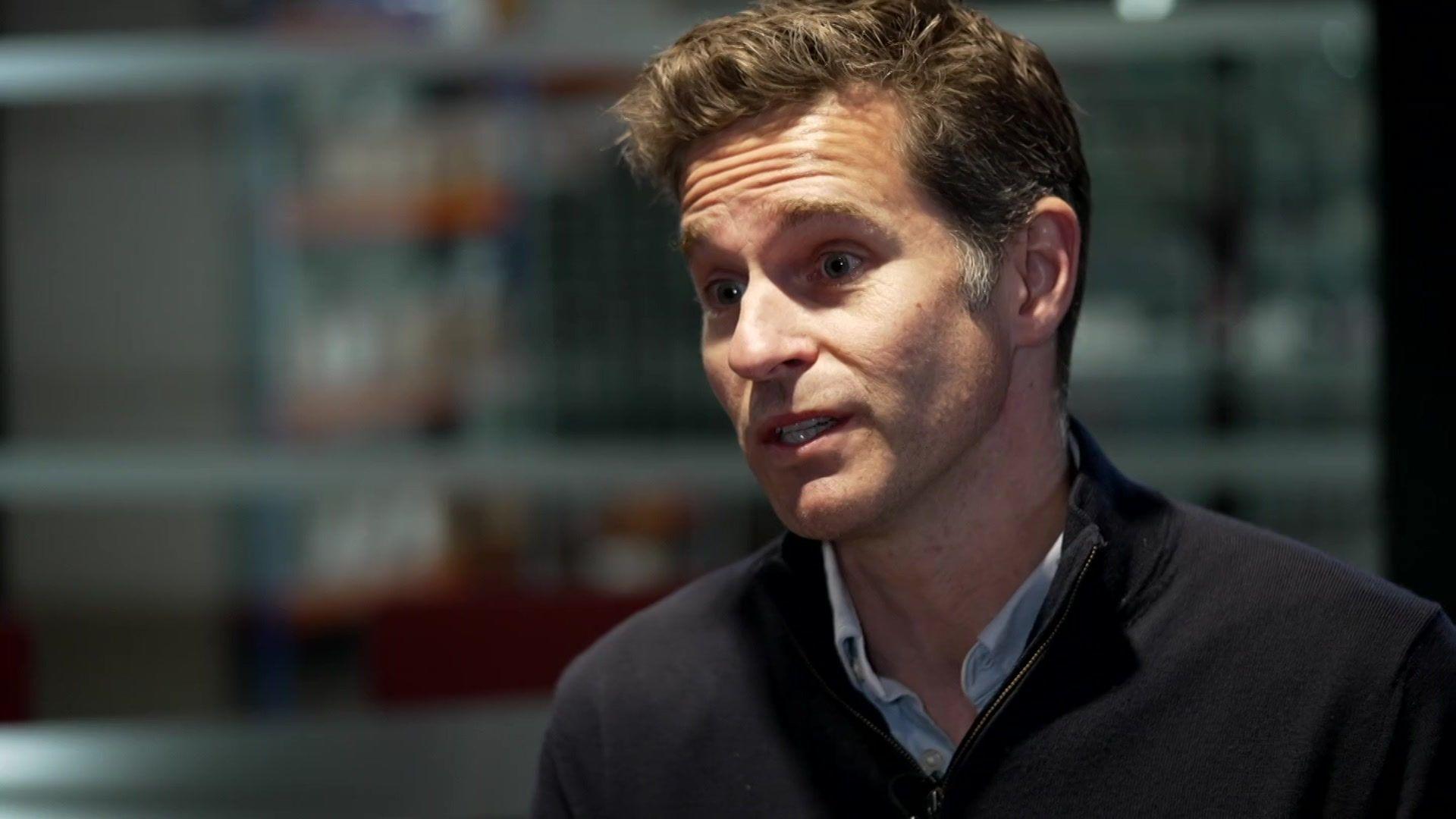
Mark Evers, from Transport for London, said it was important for people to feel safe
So should people intervene when someone is being harassed?
Mark Evers, from Transport for London, said: "Firstly, it's important to make sure you feel safe whatever you do.
"Clearly, if there's a member of staff nearby we would encourage people to speak to them.
"However, then it becomes a matter of choice for the individual, and the sorts of bystander interventions that are spoken about enable people to do what they feel comfortable with."
Listen to the best of BBC Radio London on Sounds and follow BBC London on Facebook, external, X, external and Instagram, external. Send your story ideas to hello.bbclondon@bbc.co.uk, external
- Published10 April
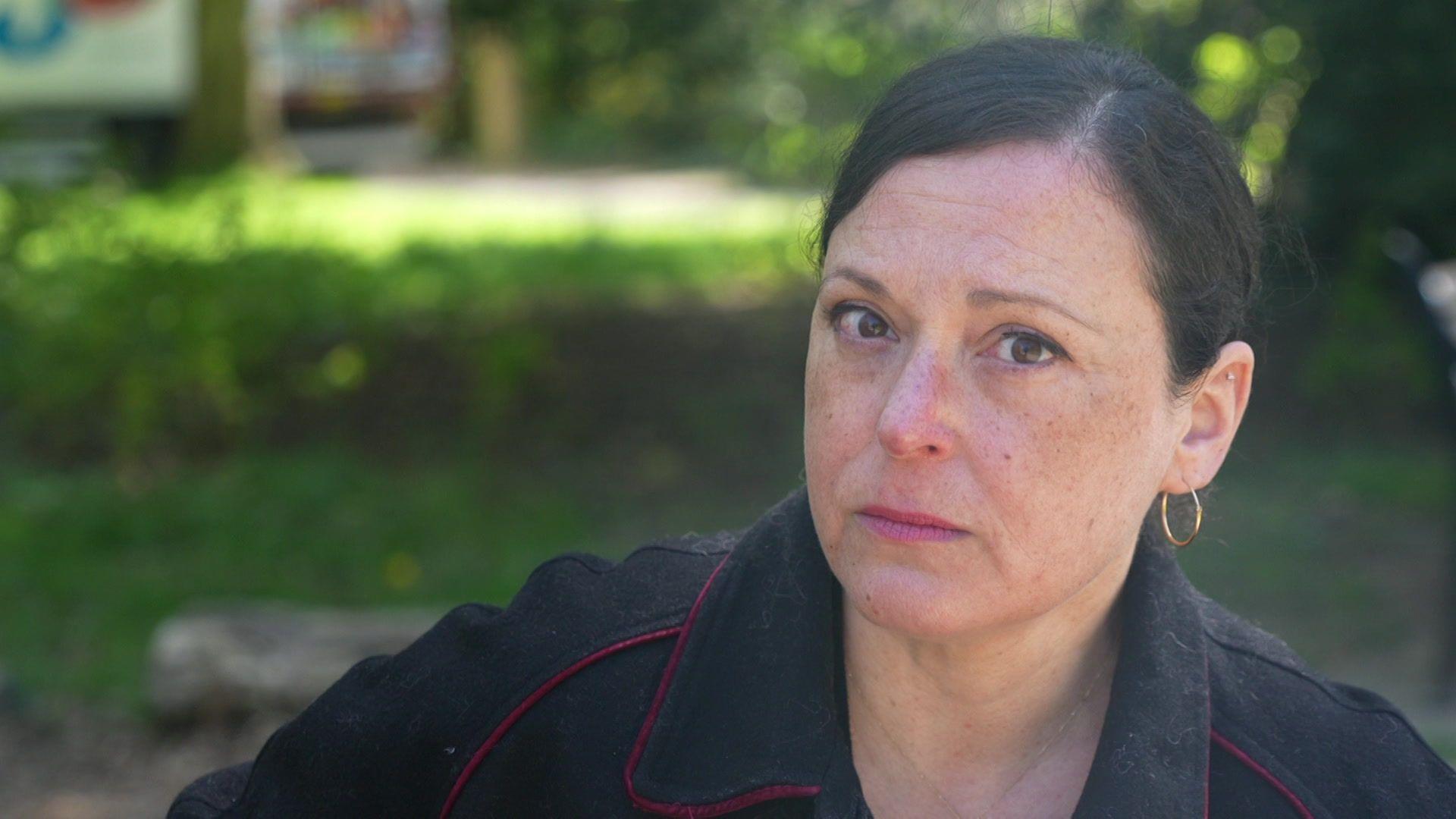
- Published3 April
